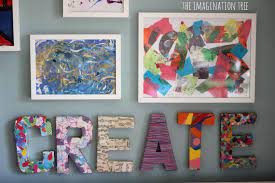Upon successful completion of the learning experience, students will be able to: describe the role of music teachers and the status of school music education; identify student characteristics in diverse populations common in music classroom contexts; discuss traditional and innovative approaches to music teaching and learning; articulate and discuss issues related to music learning and teaching in schools; examine music teaching methods in terms of historical and current applications in music classrooms; demonstrate growth as a pre-service music educator through in class teaching experiences and discussions; and diagnose personal strengths and weaknesses as a music teacher.
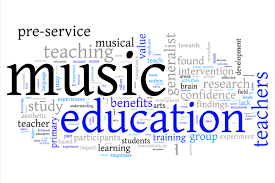
Upon successful completion of the course, students will be able to: distinguish between the theories that influence early childhood programs and various philosophies of early childhood education; summarize and critique professional behaviors associated with early childhood education; categorize and apply early learning theories, program models and developmentally-appropriate practices; and develop strategies for communicating and collaborating with families.
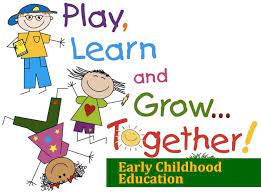
Upon successful completion of the course, students will be able to: discuss necessary components in the creation of a program where learning, caring, and parental collaboration exists; define the role of training in successfully working with students from diverse backgrounds; explain the need for a culturally sensitive partnership between home and school that encourages various methods of volunteering; explain how the development of policies that foment a culturally and linguistically appropriate ecology that encourages learning; and discuss historical development of views on children and how those views affect family life.

Upon successful completion of the course, students will be able to: relate the characteristics of early childhood programs and break down the steps generally necessary to plan and apply developmentally-appropriate practices; discuss the responsibilities of early childhood professionals and how they facilitate learning through effective lesson planning and group placement; illustrate how program quality depends on the development of differentiated instructional approaches to meet students' needs; and evaluate the importance of building communication skills to effectively communicate with parents and colleagues.

Upon successful completion of the course, students will be able to: explain the purposes of assessment in early childhood and how infants and young children are assessed; describe elements of a comprehensive assessment system for children of all ages; explain how assessment results are used for instruction and evaluate the instructional program; discuss how the assessment process should be implemented during the school year with school-age children; describe how test scores are reported and how and when they should be shared with parents; evaluate the pros and cons of standardized testing, as well as other types of objective assessments; discuss development and maintenance of checklists, rating scales, and rubrics; describe types of assessments used with pre-school and primary grade children; relate the crafting of quality portfolio assessments used with pre-school and primary grade children; relate the crafting of quality portfolio assessments; and describe model portfolio assessment and reporting systems.
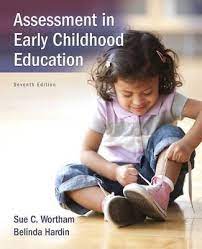
Upon successful completion of the course, students will be able to: describe the functions of reading and writing processes; use a wide range of instructional practices, approaches, methods, and curriculum materials to support reading and writing, as well as a variety of assessment tools and practices to plan and evaluate effective reading and writing; explain the literacy practices that students need to develop awareness, understanding, and respect for societal differences; define necessary steps to create an environment that fosters development of reading and writing skills; and describe the development of professional skills that enable students to effectively work with colleagues.
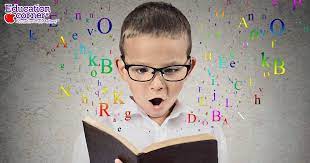
Upon successful completion of the course, students will be able to: examine the contributions of creativity and imagination to the total learning of the child; assess the scope and social and personal impact of the fine arts; explore methods of helping children discover fine arts through practical experiences, materials, and museum experiences; promote understanding and appreciation of other cultures through research regarding prominent artists from various cultures, both globally and within the United States; and create and implement an understanding of arts and aesthetics in integrating the arts into other disciplines in the elementary education curriculum.
